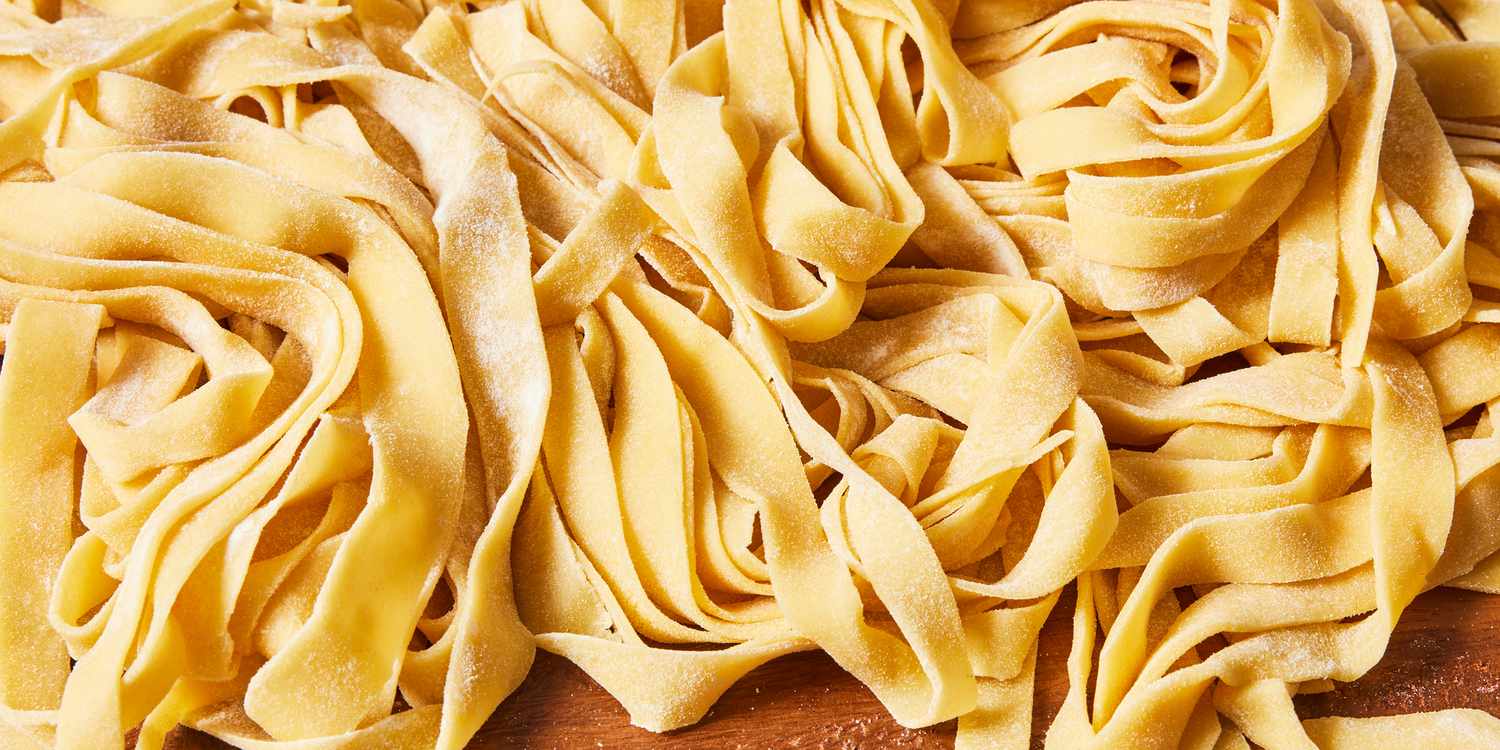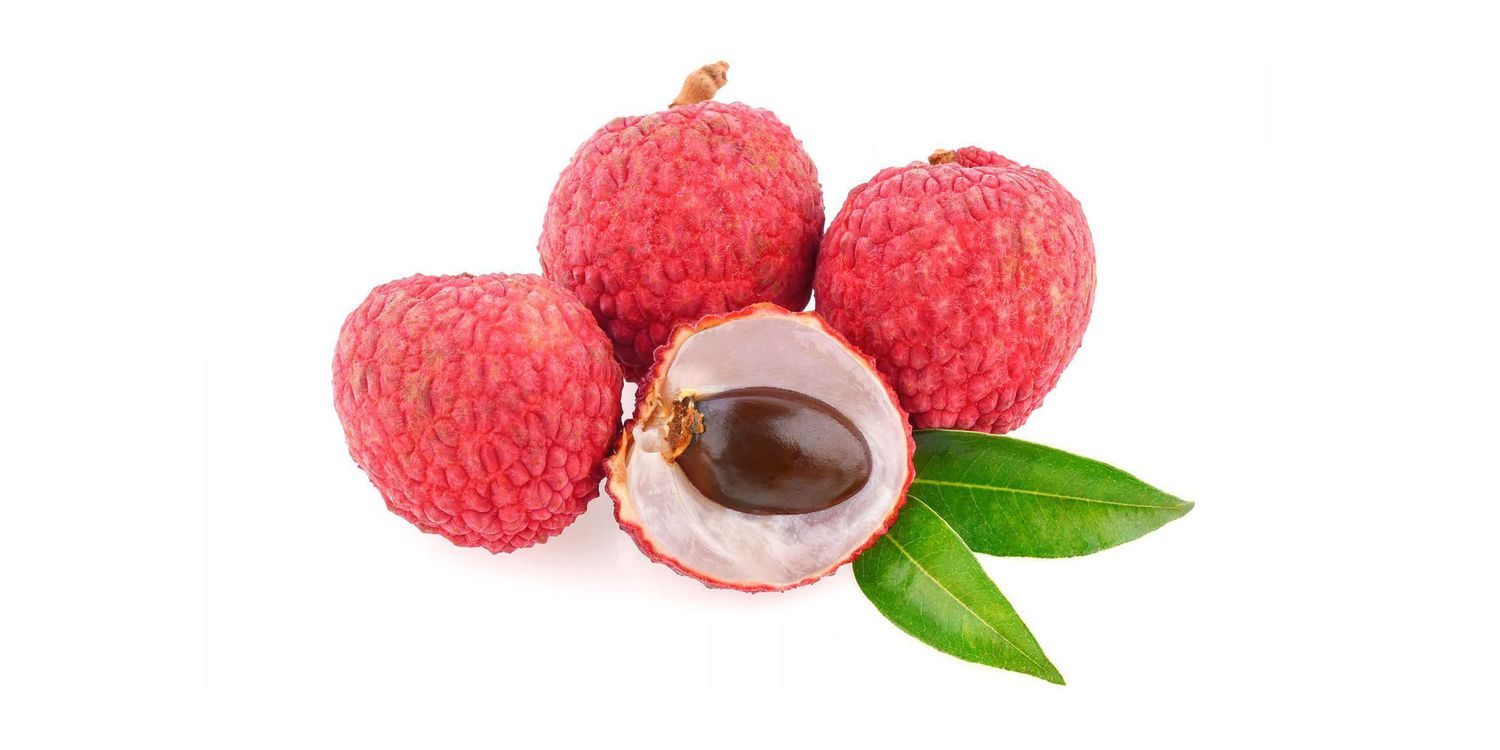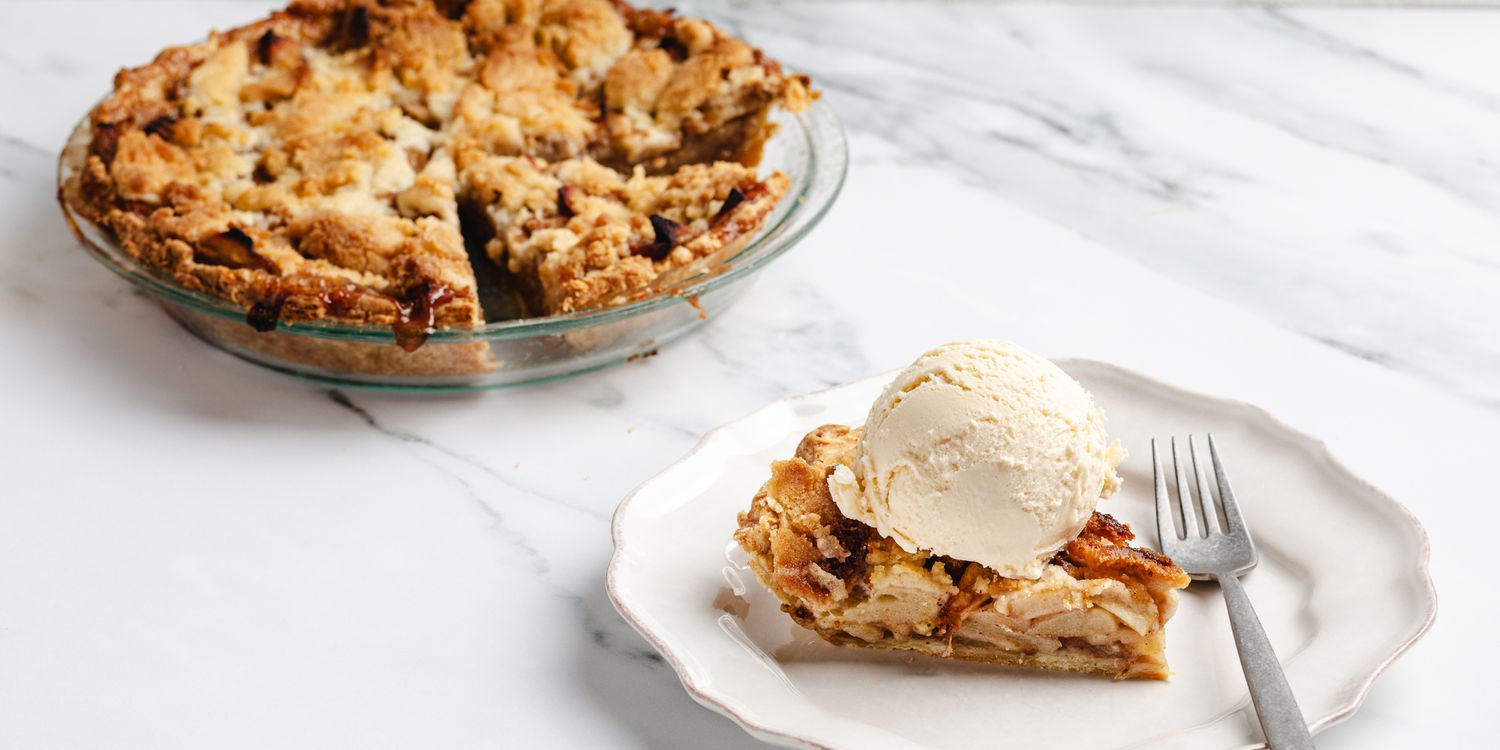Dried pasta that you find in boxes at the grocery store is made from hard semolina flour and water that’s extruded thin, and then dried until stiff. In contrast, most fresh pasta is made from soft “00” flour and eggs, and cooked while still soft. Some fresh pasta is also made from semolina and water, though it isn’t dried as far as the variety you find in the store. Because of their differences in ingredients and texture, fresh and dried pasta require slightly different cooking methods. The good news is, making perfectly cooked fresh pasta isn’t difficult at all.
How Long After Making Fresh Pasta Do You Have to Cook It?
You can go directly from shaping the noodles to boiling them when making fresh pasta at home. However, most chefs and nonnas will tell you, you can achieve a better texture and help the pasta keep its shape by drying it a bit first. In restaurants and places that produce huge amounts of pasta, they have complicated fan systems and drying racks. At home, spreading out short pasta on cooling racks or long pasta draped over dryers for a few hours should do just fine. Though, if you’re in a hurry or aren’t concerned with your pasta maintaining a specific shape, go ahead and cook it right away.
If you buy fresh pasta from a store, it’s best to cook it as soon as possible — ideally that day. This is because you don’t know how long ago it was made or how long it’s been dried, and most fresh pasta contains egg, so cooking it as soon as possible keeps it safe and fresh.
Does Fresh Pasta Boil Faster?
If you’re used to the 10-minute (or longer) cook time required for most dried pastas, fresh pasta will likely be a shock for you. Depending on the shape, size, and whether or not it’s stuffed, fresh pasta takes between two and five minutes to cook. Dried pasta is hard and has nearly all its water evaporated out. Fresh pasta contains far more moisture; thus, it doesn’t need as long of a boiling time to absorb water and rehydrate.
How to Cook Fresh Pasta

Salt Generously
You’ve probably heard that it’s necessary to salt your pasta water heavily, and that’s true — but you need to be even more aggressive when it comes to fresh pasta. Fresh pasta is in the water for a small fraction of the time compared to dry pasta, so it has less time to absorb that well-seasoned water. Because of this, a heavier hand with the salt is vital to ensure your pasta absorbs enough salt.
Handle With Care
Fresh pasta is also more delicate than dried, so gently lower the pasta noodles into the water instead of haphazardly tossing them in. If cooking for a large group, you may need to boil your pasta in batches; fresh pasta’s sticky and delicate nature means it’s much easier to crowd the pan and facilitate uneven cooking. Smaller pasta shapes like farfalle whirl around in the water more freely and need less babying. Long shapes like pappardelle can become knotted up and cook unevenly if there’s too much pasta in the pot. That being the case, long noodles will benefit from some gentle agitation (i.e. stirring with a wooden spoon or other utensil) as the pasta cooks.
Be as gentle as possible when it comes to stuffed or delicate pasta like ravioli or gnocchi. For stuffed shapes, a less rapid boil in a shallower pan is an insurance policy against the looming threat of pasta explosions. Once your pasta is in the pot, give it a very gentle stir after about 30 seconds. When it comes time to drain, avoid dumping the whole pot into a strainer; instead, remove the pasta with a slotted spoon or skimmer, ideally directly into your pasta sauce.
How Do You Know When Fresh Pasta Is Done?
You may have heard the advice that fresh pasta is done when it begins to float. And while that can be a loose indicator of doneness, it’s not foolproof. Factors such as how much pasta is in the pot, how vigorously the water is boiling, and the size of the pasta can skew this and lead you to drain pasta too early or too late. Your best bet is to taste it.
After about two minutes, pull a piece out and taste it. Unlike dried pasta, you won’t get that al dente chew; you’re looking for a soft silky texture with no chalkiness or anything that sticks to your teeth. If, at the two-minute mark, it isn’t done to your liking, keep checking every 30 or so seconds until it is. For some shapes, this could take up to five minutes.




